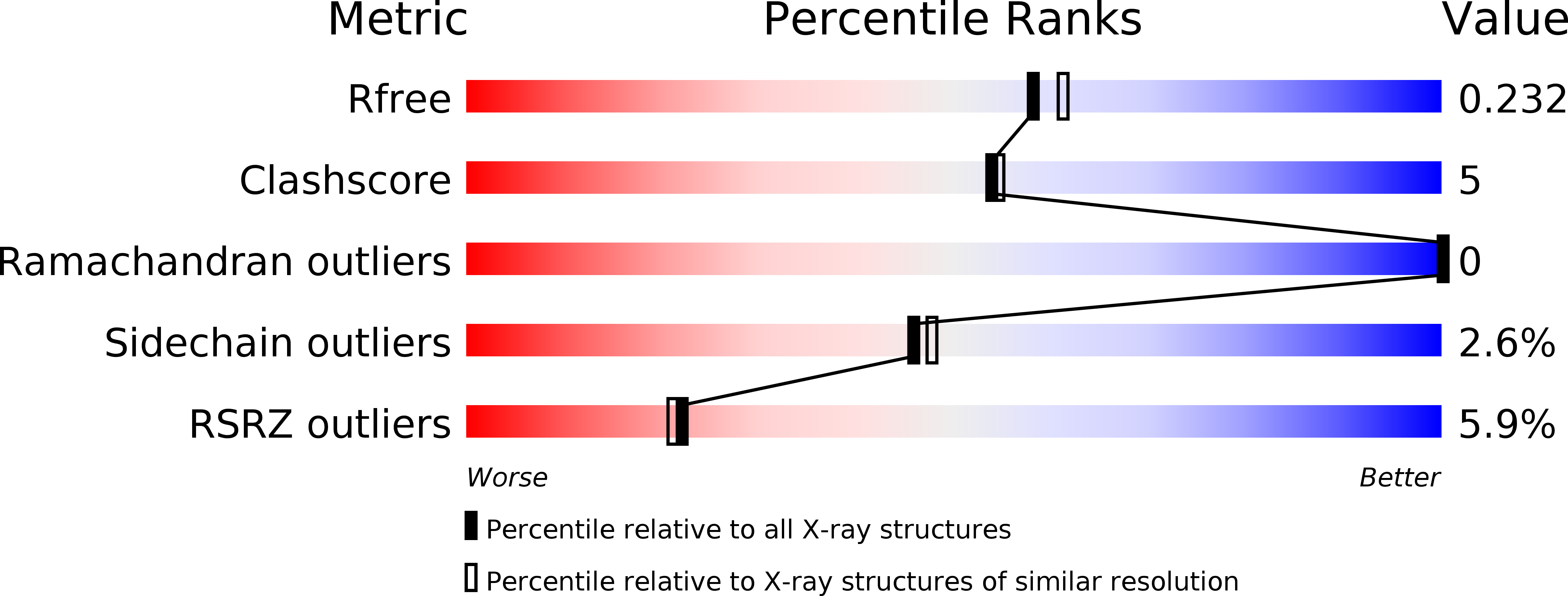
Deposition Date
2017-04-05
Release Date
2018-06-27
Last Version Date
2024-11-06
Method Details:
Experimental Method:
Resolution:
2.00 Å
R-Value Free:
0.22
R-Value Work:
0.19
R-Value Observed:
0.19
Space Group:
P 62


